Boasting one of France’s most-distinctive culinary traditions, the region of Brittany is a wonderful place to explore for curious gourmets. While its local cuisine is generally quite accessible and finds its greatest strength in simple flavours and fantastic ingredients, this doesn’t mean a Brittany food tour has to lack in genuinely gourmet, exceptional experiences. Read on to learn about 5 key Breton specialities around which we recommend centring your private culinary adventure. Then get in touch with us to craft the perfect high-end getaway.
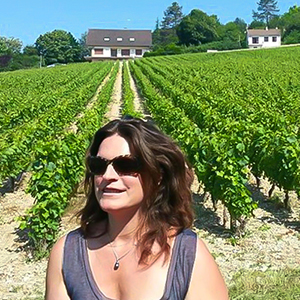
Founder
Brittany food culture is rich and full of gourmet discovery. Take a private culinary tour with us to sample some of the region’s finest specialities.
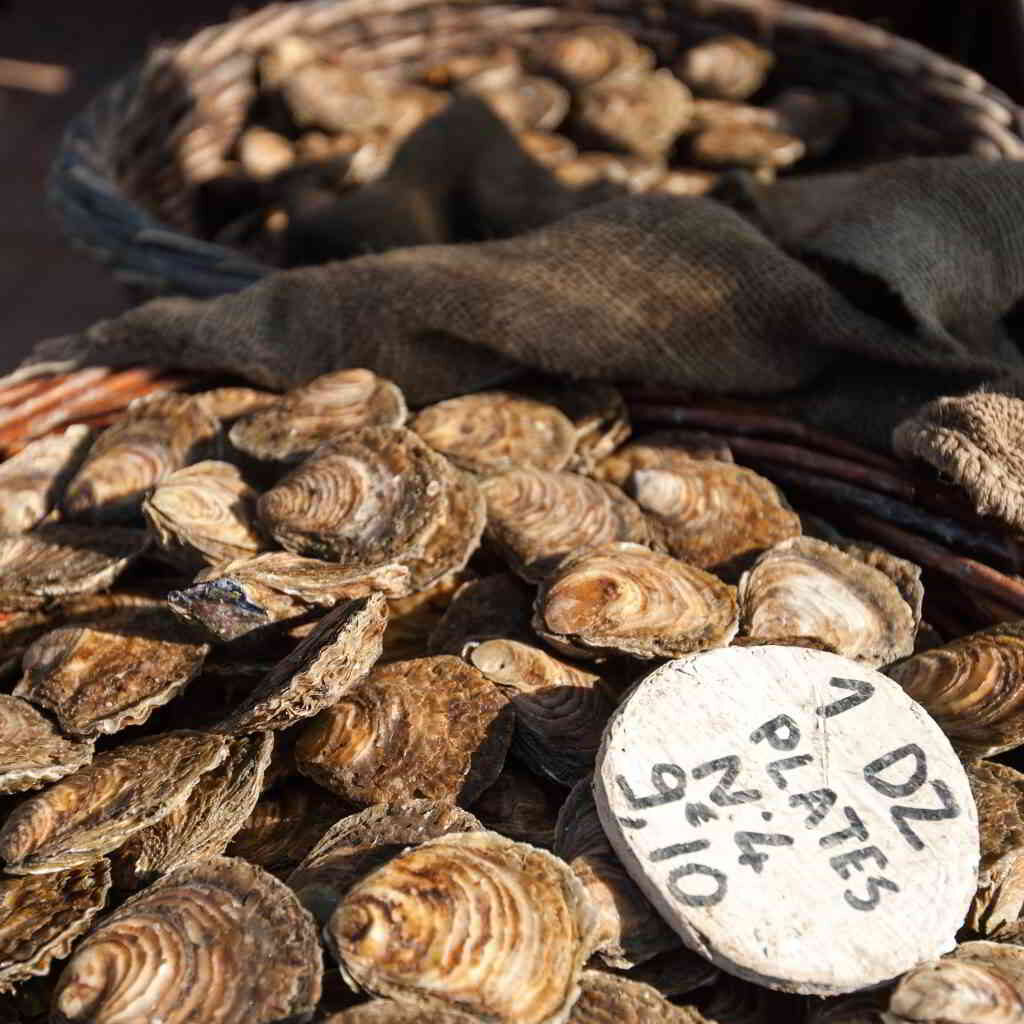
Are you a lover of fine oysters, whether enjoyed raw or cooked? Brittany, including the towns of Saint Malo, Dinard and Cancale, is where to head for some of the finest French oysters available. The three cities are all renowned for their outstanding producers and farms, and offer discerning travellers numerous Michelin-starred tables starring local oysters. Of course, the whole region is also renowned for excellent fresh seafood and shellfish platters, so whatever marine delicacies you crave, you can easily find some of the continent’s best in this French region.
A Bit of History
Oysters have been cultivated in Bretagne from the prehistoric period onward, when Celtic tribes occupied the area. During the Roman Empire, oysters from the region were prized and exported, probably in the form of fermented shellfish transformed into sauces and pates. The reputation for fine oysters continued into the medieval period, and in the 18th century production was so intense as to become almost unsustainable. Modern oyster farming was born in the mid-nineteenth century and has of course grown in sophistication ever since.
Where to Taste the Best Oysters (& Seafood) in Brittany?
See our complete guide to the best oysters in France for a full explanation of the different sorts of local delicacies that are cultivated and fishes in the region, and their various gourmet qualities. Otherwise, we recommend your food tour of Brittany take you to some of the following cities and tables so you can experience the very finest huitres the region has to offer:
Cancale, a historic fishing port and resort town situated on the breathtaking Mont St-Michel Bay and right at the border of the French region of Normandy, is a major centre for excellent oysters. At the town’s northern edge, you can buy them fresh from several local producers studded on the jetty, and take in the interesting sight of the oyster cultivation beds. Enjoy some fresh shellfish straight from the best artisans in town, accompanied by a glass of crisp white, while you take in the splendid sights of the bay.
Interested in learning more about the millennia-old art of oyster farming and fishing? Consider taking a trip to the Ferme Marine, a working oyster cultivation site. Enjoy a guided tour of the workshop with expert artisans, who will also lead you through special tastings that are guaranteed to stimulate your palate.
See related: 5 Most Luxurious Things to See in Normandy, France
Interested in a sit-down gourmet dinner revolving around choice oysters and creative seafood dishes with a regional twist? La Table de Breizh Cafe is a Michelin-starred table in Cancale whose remarkable seasonal menu marries the culinary traditions of Normandy and Japan. Here, taste gourmet creations from Chef Fumio Kudaka such as the Cancalaise Oyster Plate, and starring fresh Cancale oysters, apple purée with Tosazu vinegar, pink onion flan and langoustine bisque.
Le Coquillage is another much-lauded Michelin-starred restaurant near Cancale, housed in an opulent Belle-Epoque mansion and headed up by chefs Hugo and Olivier Roellinger. The menu centers around numerous dishes making innovative use of oysters and shellfish, an an extensive wine list to ensure perfect pairings. Why not stay at the onsite high-end hotel, Les Maison de Bricourt? In addition to the gastronomic delights of the restaurant, enjoy sea views and an elegant but relaxed setting.
Finally, L’Escale à Corto in Dinard is an intimate eatery reputed by foodies for its excellent seafood and high-quality cuisine.
Whatever your interests and travel priorities, a private and bespoke itinerary around this charming part of Brittany will guarantee you experience the best it has to offer, from gourmet experiences to culture and nature-focused excursions.
Northwest Brittany: Brest is Another Spot for Prized Oysters & Shellfish
Much sought-after for its wild oysters, the northwestern Breton city of Brest is another essential destination for seafood and shellfish lovers. Oysters naturally thrive in the area’s nutrient-rich seawater, including in the nearby town of Plougastel-Dauolas. Incredibly rich in iodine, these are closer in texture to a scallop, with a melting yet firm quality.
In Brest, try freshly caught oysters and shellfish at the recently opened L’Oyster Bar, a lively space that overlooks the Port of Brest.
You can also head to nearby Plougastel, enjoying an excursion to the tasting room of local oyster producers Thierry Larnicol and Jean Le Moal (Keraliou). Here, taste creative dishes such as beef tartare with oysters from chef Philippe Lambert and sweeping views over the port.
Of course, if seafood and shellfish are your passion, your private food tour of Brittany with us will take you to many more remarkable tables and artisanal producers around the region. These are only a few short examples of the rich culinary traditions centred around seafood there.
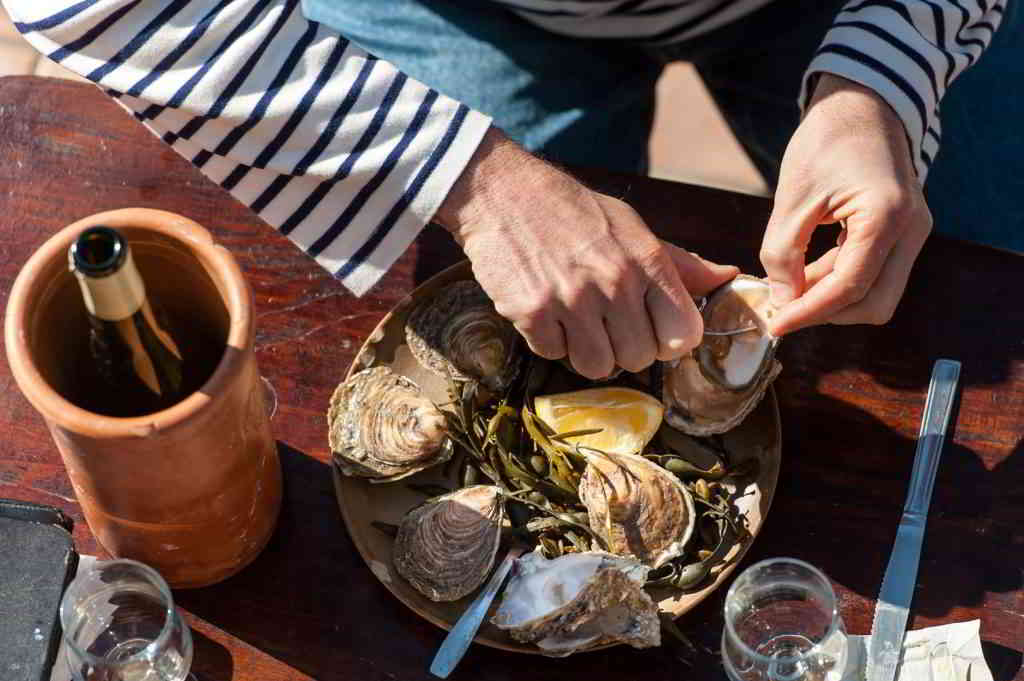

After oysters, the Brittany food speciality most visitors will already be familiar with are hearty, deliciously nutty pancakes (galettes.) Made for hundreds of years from a simple but winning combination of buckwheat flour, eggs, water, and a pinch of seasalt, these are not to be confused with white-flour-based dessert crepes.. While these are entirely democratic treats, winning over pretty much anyone with a palate (even children), they represent an important tradition in Brittany. Any gourmet tour worth its (Breton) salt should include an initiation to the region’s finest pancakes.
Not only are they absolutely delicious when prepared fresh from the best ingredients; they also represent an important part of local history. Buckwheat (sarrasin in French) first appeared in Brittany during the 13th century, imported by traders who had picked up some in Asia. The rocky, maritime soil that reigns across much of the Breton region made it difficult to cultivate plain wheat; buckwheat was hardier and became a favoured crop.
The fiber-rich, gluten-free grain thus made its entry into the annals of local cuisine, and its distinctive, rich flavour is perfect for savoury pancakes. Filled with simple ingredients like eggs, cheese and mushrooms for everyday occasions, more gourmet recipes pair the buckwheat pancake with marinated oysters and herbs, creamy leeks and smoked salmon, or thinly sliced black truffle with egg and arugula. The possibilities for gourmet experimentation are nearly limitless with this seemingly simplistic dish.
Related: Where to taste the best truffles around France & taking a private gourmet tour
Where to Taste the Best Galettes and Crepes in Brittany?
You can find excellent creperies and crepe restaurants in most places around the region, but our private food tours will introduce you to some of the very best.
One gourmet restaurant specialising in gourmet galettes is Breizh Café in Cancale. The Breton-Japanese fusion concept is strong in this more laid-back eatery from’ Bernard Larcher’s iconic group, where the quality remains exceptional. Try a variety of savoury buckwheat pancakes filled with delicious and innovative ingredients, from smoked herring with Saint-Malo potatoes to a “Sicilian”galette with fresh tomatoes, mozzarella and basil.
The menu of dessert crepes is equally tempting: for something traditional, try one smothered in caramel made with salted Breton butter (yet another local specialty you should certainly delight in during your stay)
At the Cancale location and at the Comptoir Breizh Café in Saint-Malo, sample a large variety of Breton ciders, as well as painstakingly selected wines and champagnes. You can easily pair one with your galette or dessert crepe for a more refined experience.
Finally, why not experience a gourmet French cooking class in the region that shows you the secrets of making traditional galettes and crepes from scratch? You’ll learn all about how to select the best ingredients, prepare the pan, and what amounts of fillings to use.
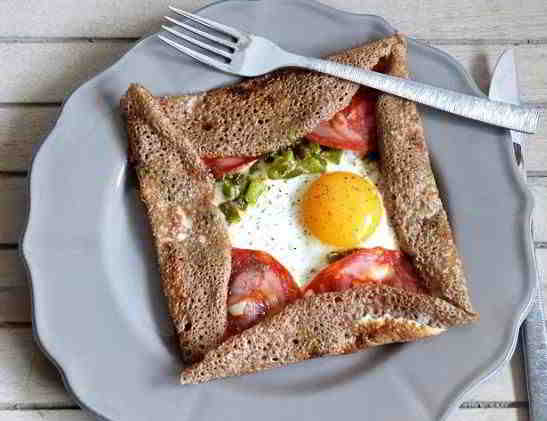
Are you tempted by rich, buttery pastries that aren’t too cloying? Brittany is also famous for a signature buttered cake or pastry called Kougign-Amann, whose delicious texture and flavor has won the hearts of gastronomes around France and the world.
Derived from a traditional nineteenth-century recipe melding yeast-leavened dough with butter and sugar, the simple yet gourmet treat has its origins in the northwest part of Brittany known as the Finistère. Its name derives from the Breton word for “cake” (kouign) and “butter” (amann)—and it certainly deserves the title.
Once described by the New York Times as “the fattiest pastry in all of Europe”, this is certainly a rich gourmet item. The rounded cake is made from bread or viennoiseriedough similar to the type used to bake croissants and pain au raisin, and contains several delicate layers of pastry made by folding in butter and sugar. (Side note: see the section below for more details on why Breton butter is so coveted and superb).
Just what makes this cake/pastry so addictive? It slowly bakes until it delightfully puffs up, giving it a delicate, layered quality, and the sugar caramelizes on the top. The result is somewhat similar to a rounded croissant, but a bit sweeter and richer. It is ideal enjoyed with coffee or tea.
Other Local Cakes & Sweets to Try
Brittany is also renowned for pastries and cakes such as the Far Breton, a flan-like cake made with eggs, flour, butter and sugar and often flavoured with fruits such as dried prunes as well as rum. Another version tops the rich cake with salted butter caramel, for a treat similar to Mexican-style flan, but with a crust. Meanwhile, try the region’s deliciously caramelized apple cake and tiramisu with caramel.
Where to Taste the Best Kouign-Amann in Brittany?
Most high-quality bakeries in the region will sell excellent examples of this traditional cake, but some in particular are renowned for their outstanding Kouign-Amann and other local specialities.
In 2019, the baker and chocolate-maker Eric Pegnam won the award for the best Kouign-Amann, a prize granted by the Patissiers de France organisation. Pegnam bakes the delicious cakes at a bakery called Douceurs Chocolat T in Landerneau, situated at the mouth of the Elorn river in the northwestern area known as Finistère.
If you wish to taste the winning cake, a visit there is a distinct possibility as a day trip from Brest, which is only 22 miles away.
Another baker who won accolades for his version of the signature Breton cake is Sébastien Rousseau, of a bakery called Choux à Lié in Ploeuc l’Hermitage, another inland bakery in the Cotes-d’Armor part of Brittany.
Read related: The Best Places for Delicious Tea & Pastries in Paris
Otherwise, your private guide will direct you to the best patissiers in whatever part of Brittany you choose to visit, ensuring delicious afternoon teas or just a casual tasting between seeing the sites. They can even arrange for individual cooking classes with local artisans so you can learn the secrets of how to bake the perfect Kouign-Amann and other sweet Breton treats.
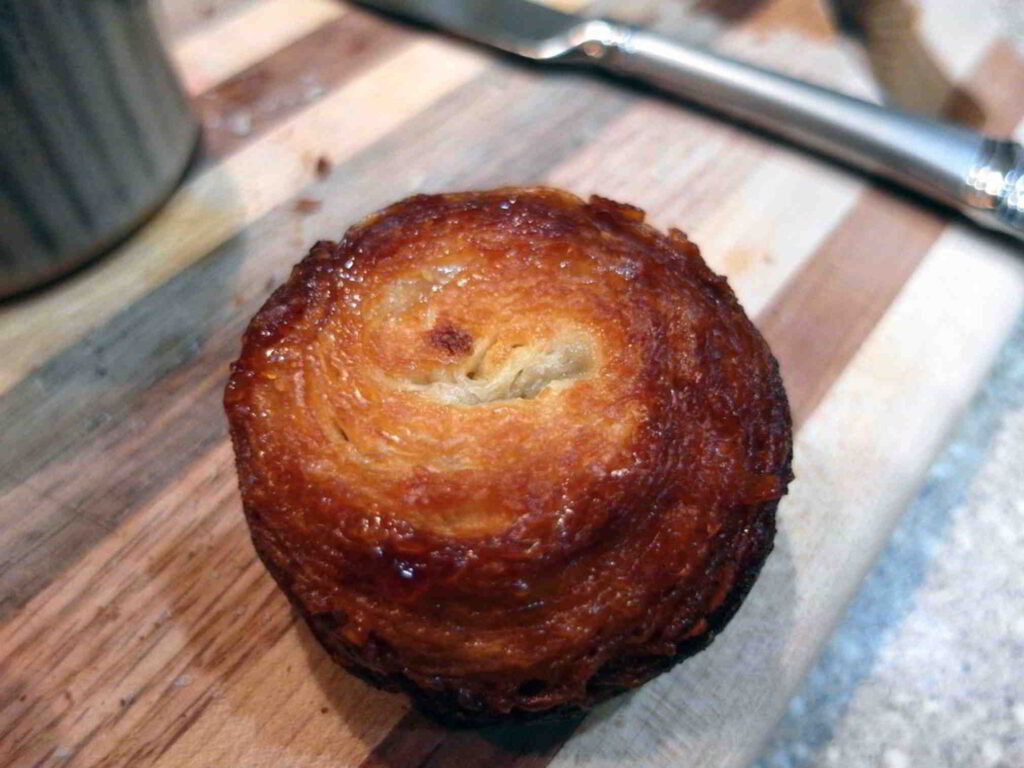
Last but certainly not least, the Celtic region is renowned for its traditional alcoholic ciders, made from ancestral recipes that date to at least the 6thcentury, when the French word “cidre” first appeared in records and local tales.
Along with adjoining Normandy, Brittany is one of two regions in France that produces cider in significant quantities, and is certainly considered to boast some of the finest examples in the world. They can be either clear or cloudy, strongly acidic and tart or sweet. But unlike apple ciders from the UK and elsewhere which can be quite sweet, even “cidre doux” (sweet cider) from Brittany tends to be a bit tarter, and is certainly not cloying. “Cidre brut”, meanwhile, is perfect for those who prefer a tarter and less-sweet cider.
Depending on the types of apples used, the age at which they’re picked, the fermentation process chosen and the extra ingredients added to the fruit, cidre Breton can vary from a pale, straw yellow to a deep, almost caramelly brown color. The longer they are matured, the more complex their flavors; ciders that have matured for longer periods tend to offer alluring spicy and floral notes. Most are made from a variety of local apples, in order to produce balanced acidity and sweetness.
To make the cider, fresh apples are washed, then grated or milled before being pressed using mechanical presses, procuring juice. This is then clarified and fermented. Different amounts of water are added, depending on the desired strength of the finished product. Breton ciders contain at least 5% alcohol and some are quite a bit stronger.
Often presented in ceramic pitchers and served in small, rough bowls called bolées, cider is enjoyed quite cold, and can be delicious whether in summer or winter. Cider is traditionally enjoyed with galettesand crepes (see section above for more about these delicious specialties).
Where to Taste Some of the Best Ciders in Brittany?
The entire region produces some truly excellent ciders, with different areas of Brittany famous for different qualities. For example, the ciders of south Finistère tend to use more bitter apples, yielding a drink with a darker body and rich floral notes. Those of the Ile-et-Vilaine part of the region (close to Rennes) tend to be lighter in colour and more acidic.
Your local guide will choose the best cider producers in the areas you choose to focus on, arranging for private tastings with local artisans and tours that will unlock the intriguing secrets behind cider production. You can also enjoy gastronomic dinners paired with traditional local ciders. The aforementioned Table Breizh in Cancale is an excellent choice, while in Brest, enjoy views of the port as you sample excellent ciders from Le Tour du Monde, a bar and restaurant founded by Olivier de Kersauzon. You can also sample some delicious seafood and other local dishes there.
Finally, once you’ve tasted ciders to your heart’s content, you may also wish to sample apple-based digestifs after dinner, such as pommeau and eau de vie de cidre. These stronger alcoholic drinks are ideal for finishing off a traditional gourmet Breton meal.
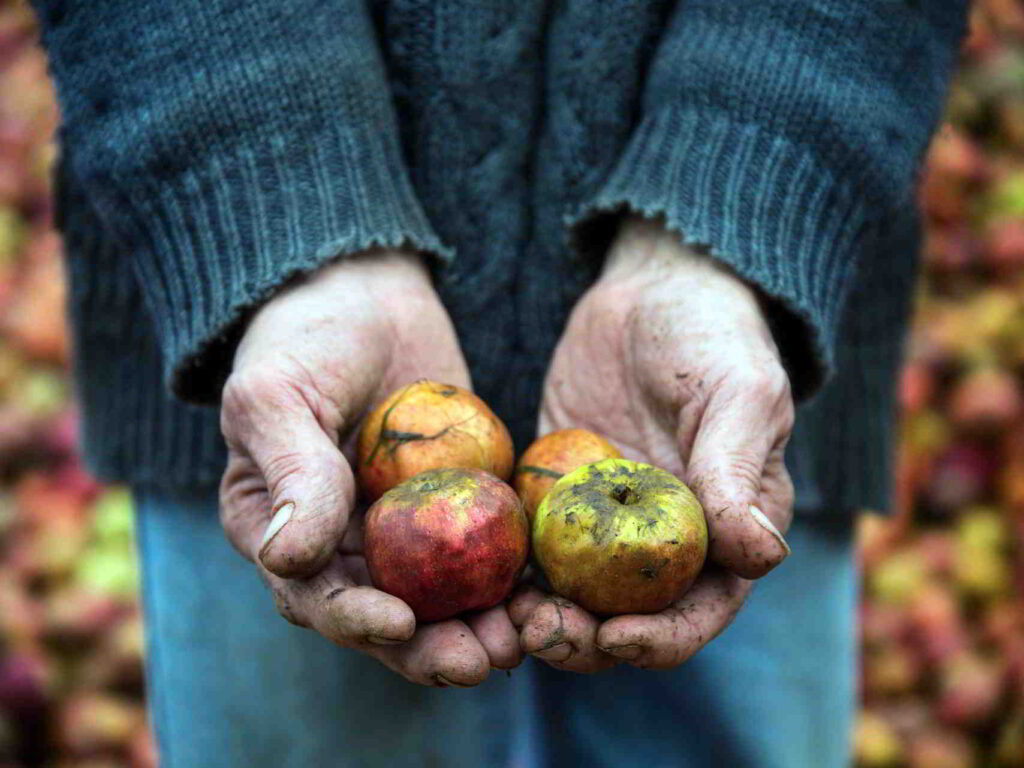
Last but certainly not least, Brittany culinary culture is made all the more famous for its superb dairy products, including salted butter and delicious regional cheeses.
Everyone knows that a bit of beurre salé de Bretagne (salted butter) spread on crusty bread or deliciously melded with warm caramel is a divine gourmet treat. The crunchy sea salt crystals add texture and bring out the native flavours of the fresh creamery milk in the butter. It’s a centuries-long tradition, and Brittany has become firmly associated with excellent butters.
This partly due to the region being a rich source of natural seasalt, and to evading a tax on salt imposed by King Louis VI of Valois during the 14th century. While most other regions of medieval France saw salt become a luxury item and a rarety due to the tax, Brittany managed to avoid this scenario.
The result? A longstanding and rich tradition bringing together butter-making and sea-salt harvesting. Sel de Guérande is particularly prized and associated with the finest butters from the region.
Meanwhile, the region also produces some exceptional and distinctive cheeses, from tommes (semi-hard raw cow’ milk cheeses primarily produced in the Finistere area of Brittany, to the gourmet and original Ty Pavez, a cow’s milk specialty pressed and aged with seawater and seaweed.
Brittany is rich in large grass pastures, and is also lauded for its excellent sheep and goats-milk cheeses. The cheeses, made from grass-fed milk and cream, offer pure, fresh, natural flavours that are both full of complexity and perfectly healthy.
Where to Taste the Best Salted Butter & Cheeses in Brittany?
On your private culinary tour around the region, it can be eye-opening and education to visit with local dairy artisans learn some of their ancestral secrets. These are just a few suggestions; we reserve many more secretive addresses and exclusive experiences for our clients.
In Saint-Malo, stop by the Maison du Beurre to taste the much-prized products of Jean-Yves Bordier, one of the country’s last remaining traditional producers who continues to follow ancestral practices in making butter. In addition to his demi-sel (half-salted) and full-salt plain varieties, try gourmet butters flavoured with buckwheat, seaweed and even raspberry.
You can also visit the production site where beurre de Ponclet is made: an extremely sought-after, rarefied Breton butter today made by famed artisan David Akpamagbo, and used by some of the finest restaurants and chefs in the country. Tasting it is certainly an exclusive experience.
As for cheeses, your private tour will take you to areas such as the Finistère, renowned for its pressed cheeses (tommes), including the Tomme de Navet, rewarding the palate with complex fresh and rich flavors. The area also makes a variety of excellent goats’ cheeses. Meet with local artisans and embark on private cheese and wine tastings in rustic and/or elegant settings. Does life get any better than this?
Your tour may also include stops in rustic villages such as Saint-Paulin, whose nutty, semi-soft cow’s milk cheese of the same name is a gourmet favourite. Originally made by Trappist monks, it pairs beautifully with sweeter white wines and has a consumable washed rind.
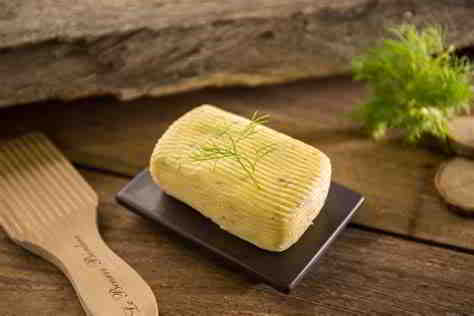
Did you like the content? Share it now!
Have me managed to inspire your palate? These are only a few suggestions for the sorts of gourmet experiences you can enjoy in Brittany– your private culinary adventure will of course include many other, often exclusive, tastings and meetings with the region’s best artisans. Get in touch with us to start building the Brittany-based food tour of your dreams.
Did you like the content? Share it now!
To provide the best experiences, we use technologies like cookies to store and/or access device information. Consenting to these technologies allows us to process data such as browsing behavior or unique IDs on this site. Not consenting or withdrawing consent may negatively affect certain features and functions.
